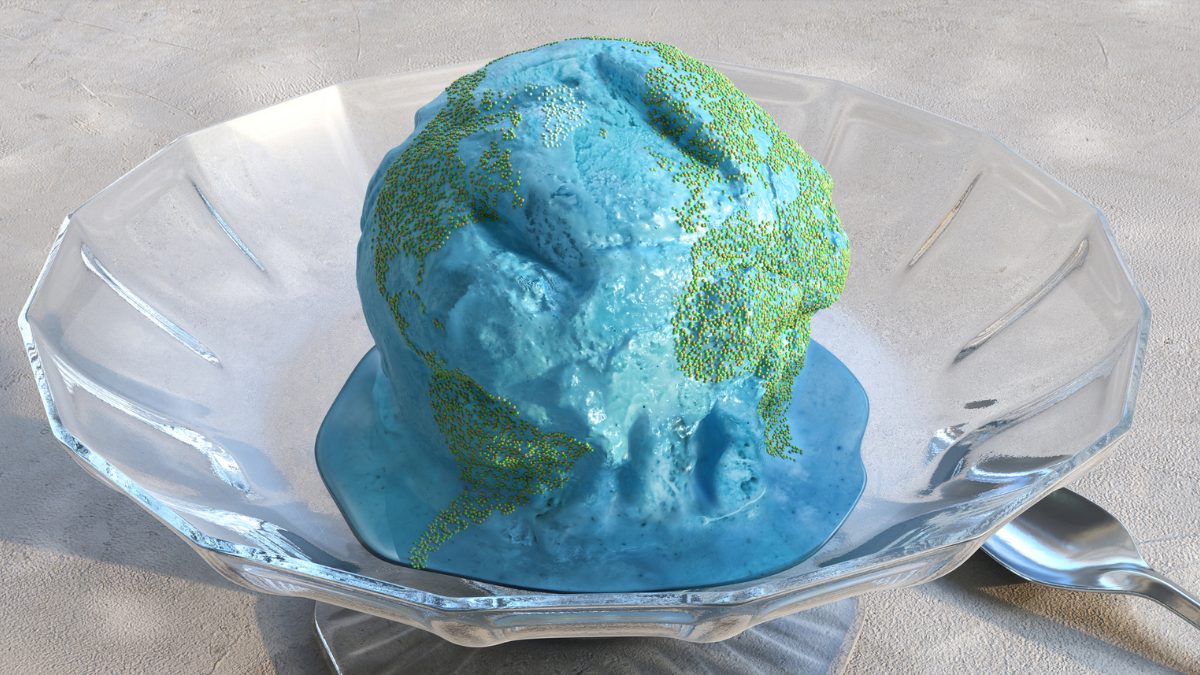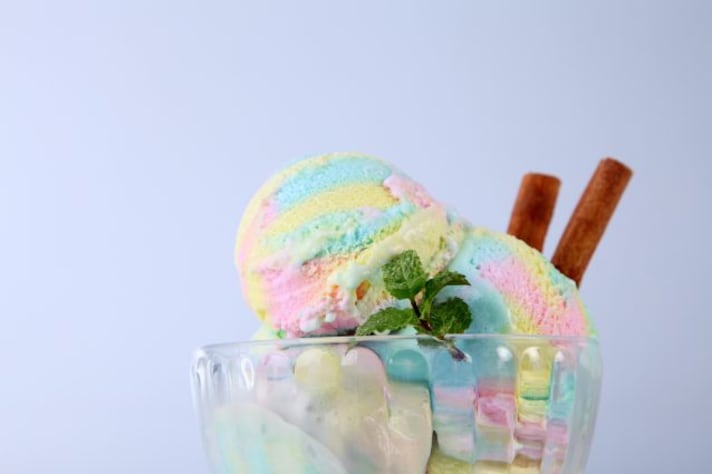
In a landmark move for food transparency, more than 40 ice cream and frozen dessert companies—representing over 90% of the U.S. market—have pledged to eliminate seven synthetic food dyes from their products by 2028. The commitment, announced by the International Dairy Foods Association (IDFA), includes the removal of Red 3, Red 40, Green 3, Blue 1, Blue 2, Yellow 5, and Yellow 62.
This voluntary pledge marks a major shift in how frozen treats are formulated and marketed, aligning with growing consumer demand for natural ingredients and clean labels. The announcement was made during a celebratory event at the U.S. Department of Agriculture headquarters, where officials—including Secretary of Agriculture Brooke Rollins, FDA Commissioner Dr. Marty Makary, and Health and Human Services Secretary Robert F. Kennedy Jr.—scooped ice cream and praised the industry’s proactive stance.
Why It’s Happening Now
The push to remove artificial dyes comes amid mounting concerns over their potential health effects. While the FDA maintains that approved dyes are generally safe, recent studies have linked certain synthetic colors—especially Red 3, which was banned earlier this year—to behavioral issues in children and even cancer in lab animals.
States like West Virginia have already passed legislation banning artificial dyes in school foods, and federal agencies are signaling a broader crackdown. Rather than wait for regulation, ice cream makers are taking initiative to avoid future disruptions and build consumer trust.

Who’s Involved
While the IDFA hasn’t released a full list of participating brands, the pledge includes a wide range of companies—from small family-owned dairies to multinational giants like Nestlé, Kraft Heinz, and General Mills, which have also announced plans to phase out synthetic dyes across their product lines.
Andy Jacobs, CEO of Turkey Hill Dairy and chair of the IDFA Ice Cream Segment Board, emphasized the unity behind the effort: “From small independents to legacy brands, we’ve come together in a true industry-wide movement to make these changes”.
What’s Next for Your Ice Cream
Expect to see subtle changes in your favorite frozen treats over the next few years. Bright neon colors may give way to fruit- and plant-based alternatives, like butterfly pea flower, gardenia blue, and beet juice, which have recently been approved by the FDA. These natural dyes may look different—but they’re part of a broader mission to make indulgent foods a little more wholesome.
Still, experts caution that removing dyes doesn’t make ice cream a health food. “It’s a step in the right direction,” said nutrition professor Deanna Hoelscher, “but ice cream is still high in sugar and saturated fat, and should be enjoyed in moderation”.
;Resize,width=767;)
